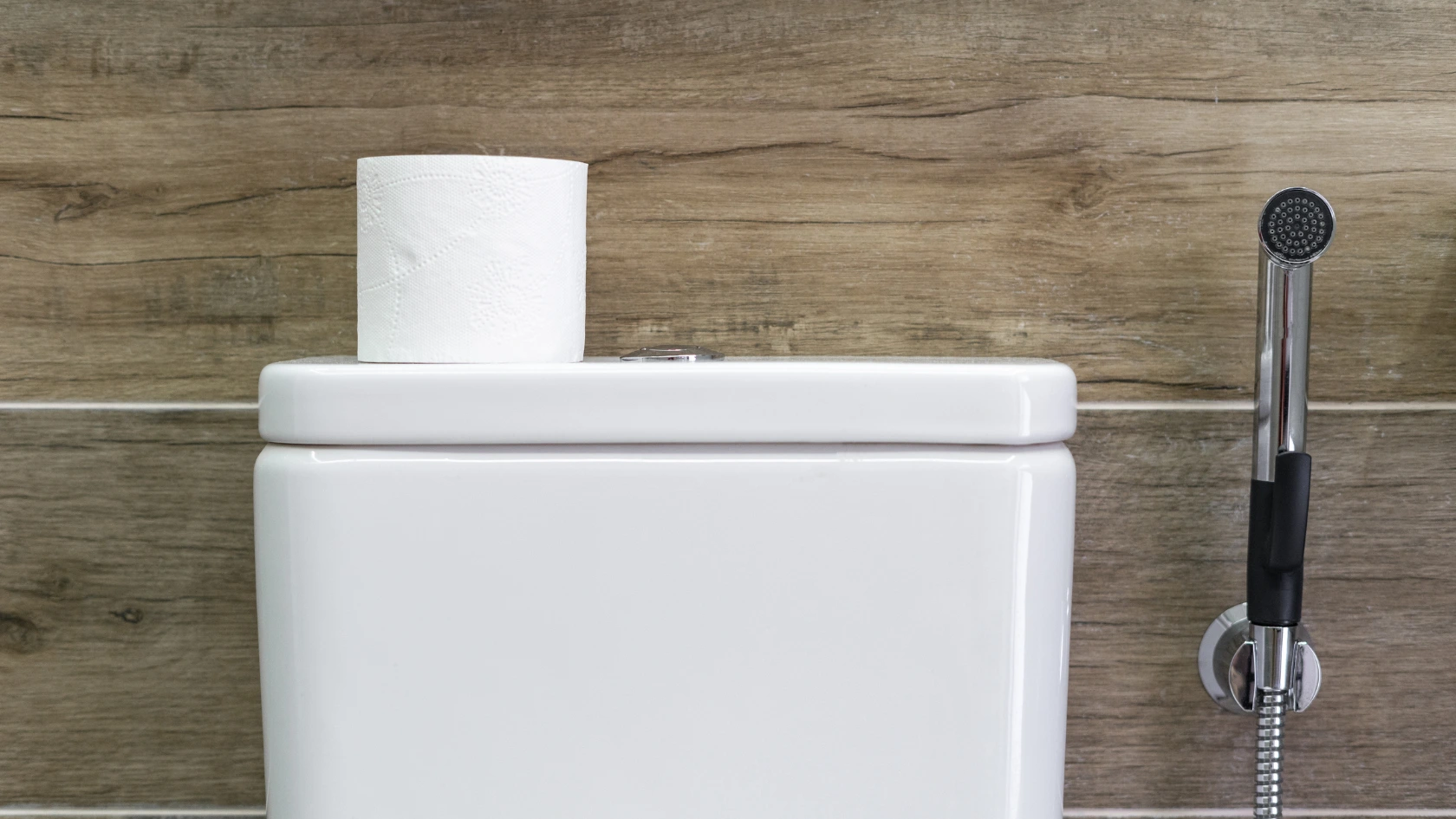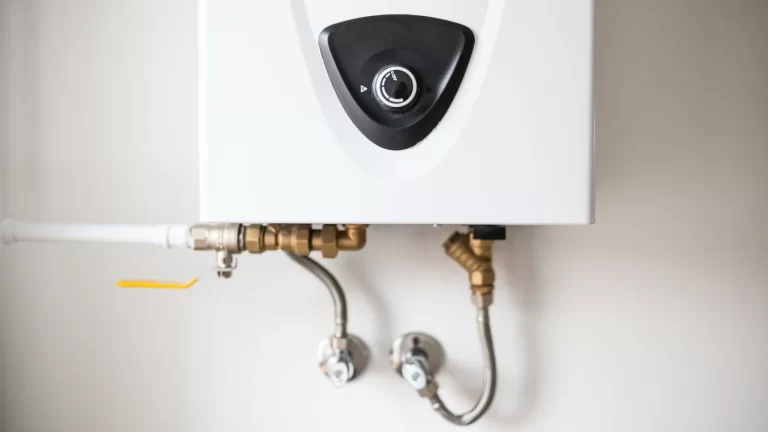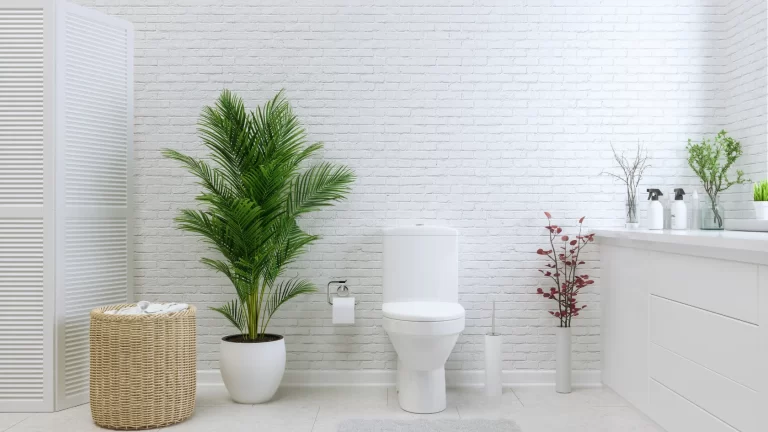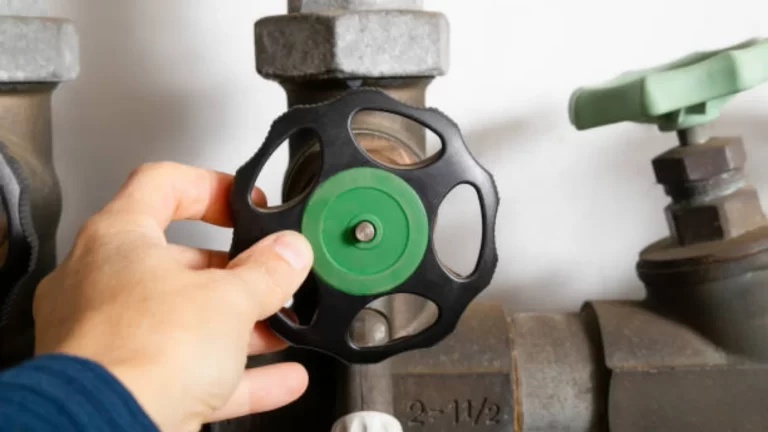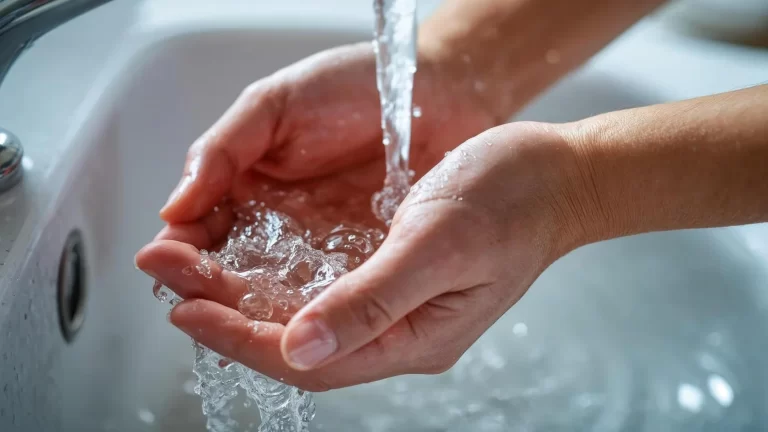Have you ever flushed your toilet, walked away, and then noticed minutes later that the water is still running? That sound isn’t just irritating, it could also be sending litres of water (and dollars) straight down the drain.
A toilet that won’t stop running is one of the most common plumbing issues homeowners face. Even though a constantly running toilet might not seem like much in comparison to a clogged drain or leaking pipe, it can waste hundreds of gallons of water each day, which can increase your water bill and unnecessarily taxing your plumbing system.
In this blog, we’ll go through everything you need to know about a running toilet: the most common causes, how to diagnose the problem, simple DIY fixes, and when to call a professional plumber. We’ll break down how the toilet tank works, why parts like the flapper and fill valve are so important, and step-by-step tips to help you stop your toilet from running before it leads to bigger problems.
Contact us today through our form or call +1 (416) 252-5557 for expert plumbing, drain, and related services in Toronto, Etobicoke, Mississauga, and across the GTA.
Why Does a Toilet Keep Running?

When water from the tank keeps flowing into the bowl after a flush cycle should have stopped, the toilet is said to be running. Normally, once you flush the toilet:
- Water rushes from the tank into the bowl when the flapper is raised by the flush lever.
- The flapper then falls back into place, sealing the tank.
- The fill valve refills the tank with a controlled amount of water until it reaches the proper water level.
When everything is working properly, the toilet stops running once the tank is full. But if something goes wrong with the flapper, fill valve, float, or overflow tube, the flow of water never stops. Common reasons why your toilet keeps running include:
- A worn or misaligned flapper that won’t seal properly.
- A fill valve that doesn’t shut off.
- The float being set too high.
- Water escaping through the overflow tube.
- Issues with the flush mechanism or handle.
Each of these problems can keep water flowing continuously, which is why diagnosing the issue is the first step to fixing it.
Why You Shouldn’t Ignore a Running Toilet
A toilet that won’t stop running might seem like just an annoyance, but it has real consequences for your home:
- Higher water bills – A constantly running toilet can waste 750–900 litres of water a day. That adds up quickly on your utility bill.
- Plumbing strain – The fill valve and flush mechanism are not designed to run nonstop. If they do, they wear out much faster.
- Flood risk – If the overflow tube or shut-off valve malfunctions, the tank may spill over, leading to water damage.
- Environmental impact – Wasting that much water daily takes a toll on local resources.
One of the easiest methods to cut down on water usage and save money in your home is to fix a running toilet.
How to Diagnose a Running Toilet

If your toilet continues to run after flushing, the first important step is to remove the tank lid and take a look inside. Most toilet issues can be narrowed down to one of a few common parts.
1. Check the Water Level
About 2.5 cm (1 inch) should separate the water level from the overflow tube’s top. Either the float is set too high or the fill valve isn’t shutting off if water keeps flowing into the overflow tube.
2. Inspect the Flapper
The flapper is situated near the toilet tank‘s bottom or base. If the chain is too tight, it can hold the flapper open. And if the rubber is worn, warped, or doesn’t seal, water will continue to leak into the bowl.
3. Look at the Fill Valve
The fill valve controls how much water refills the tank after you flush. If it’s faulty, water may continue flowing even when the tank is full.
4. Test the Flush Lever and Chain
If the flush lever or chain has too much slack or tension, the flapper won’t open and close correctly. By identifying which component is causing the issue, you can decide whether it’s a quick DIY fix or something a plumber should handle.
DIY Fixes for a Toilet That Won’t Stop Running
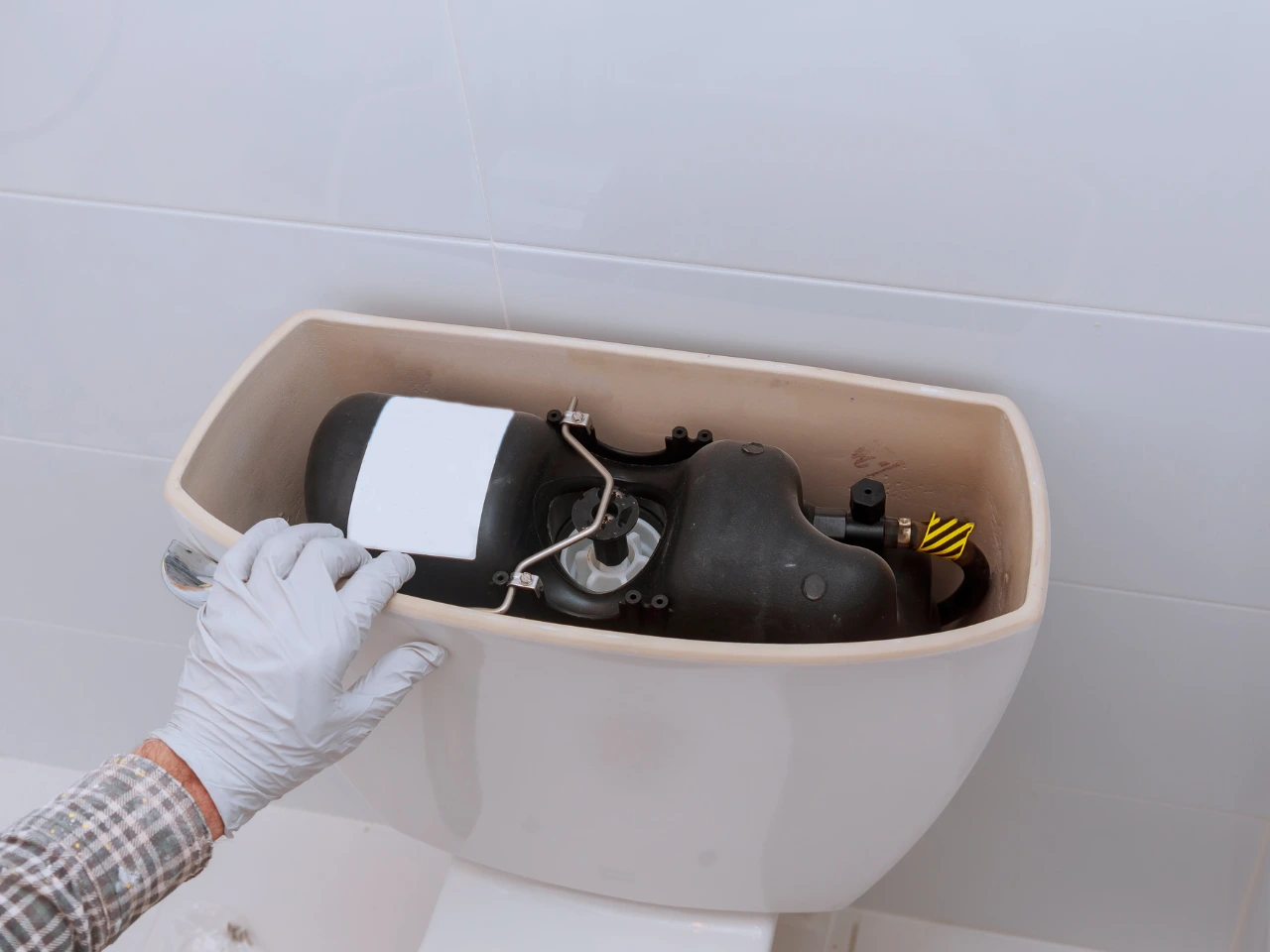
If you’re comfortable doing small plumbing repairs, you can try a few solutions to stop your running toilet. The water supply valve on the wall at the back of the toilet should always be turned off before you start.
Adjusting the Float
If your water level is set too high, water will continue to spill into the overflow tube.
- For a float ball: Bend the metal rod gently down so the ball sits lower.
- For a float cup: Use the adjustment screw or clip on the side of the fill valve to lower the float.
Fixing or Replacing the Flapper
The flapper is one of the most common causes. Make sure the chain has a little slack, but not too much. Cut off the excess chain if necessary.
If the flapper is cracked, stiff, or doesn’t seal, replace it with a new flapper. Simply remove the old one from the flush valve and snap the new flapper into place.
Replacing the Fill Valve
If adjusting the float or flapper doesn’t fix the problem, the fill valve may need to be replaced.
Here are the steps to replace a fill valve.
- To empty the tank, turn off the water supply and flush the toilet.
- At the bottom of the tank, cut off the water supply pipe.
- Unscrew the lock nut holding the old fill valve in place.
- Remove the old valve and install the new fill valve following the manufacturer’s directions.
- Reconnect the water supply, adjust the float, and test flush the toilet.
This process usually takes less than an hour and can save you a lot of water and frustration.
Contact us today through our form or call +1 (416) 252-5557 for expert plumbing, drain, and related services in Toronto, Etobicoke, Mississauga, and across the GTA.
When DIY Doesn’t Fix the Problem

Sometimes, even after you’ve adjusted the float, installed a new flapper, or replaced the fill valve, the toilet continues to run. In that case, it’s time to call a plumber. Reasons to bring in a professional:
- Persistent leaks – If water keeps running despite replacing parts, the issue could be deeper in the flush mechanism or even with the toilet bowl itself.
- Multiple toilet issues – If more than one toilet or fixture is acting up, you may have a larger plumbing system problem.
- Water damage risk – If you notice water pooling around the base of the toilet or near the wall, you need immediate help.
A plumber has the equipment and know-how to identify the issue and swiftly resolve it, guaranteeing that your toilet functions as it should.
Preventing Future Running Toilet Issues
Like most plumbing problems, prevention is easier (and cheaper) than repair. Here are a few simple habits that can help keep your toilet in good working order.
- Inspect the tank parts once or twice a year – Lift the tank lid and check the flapper, float, and fill valve for wear.
- Clean the flapper and valve seat – Mineral buildup can prevent a tight seal. Wipe these areas during bathroom cleanings.
- Avoid jiggling the handle – Parts need to be changed or adjusted if you have to jiggle the handle a lot to stop the water from running.
- Replace parts before they fail – Flappers and fill valves are inexpensive. Replacing them every few years is cheaper than wasting water.
- Schedule plumbing inspections – A professional plumber can spot hidden toilet issues and other plumbing concerns before they become emergencies.
Costs of Ignoring a Constantly Running Toilet
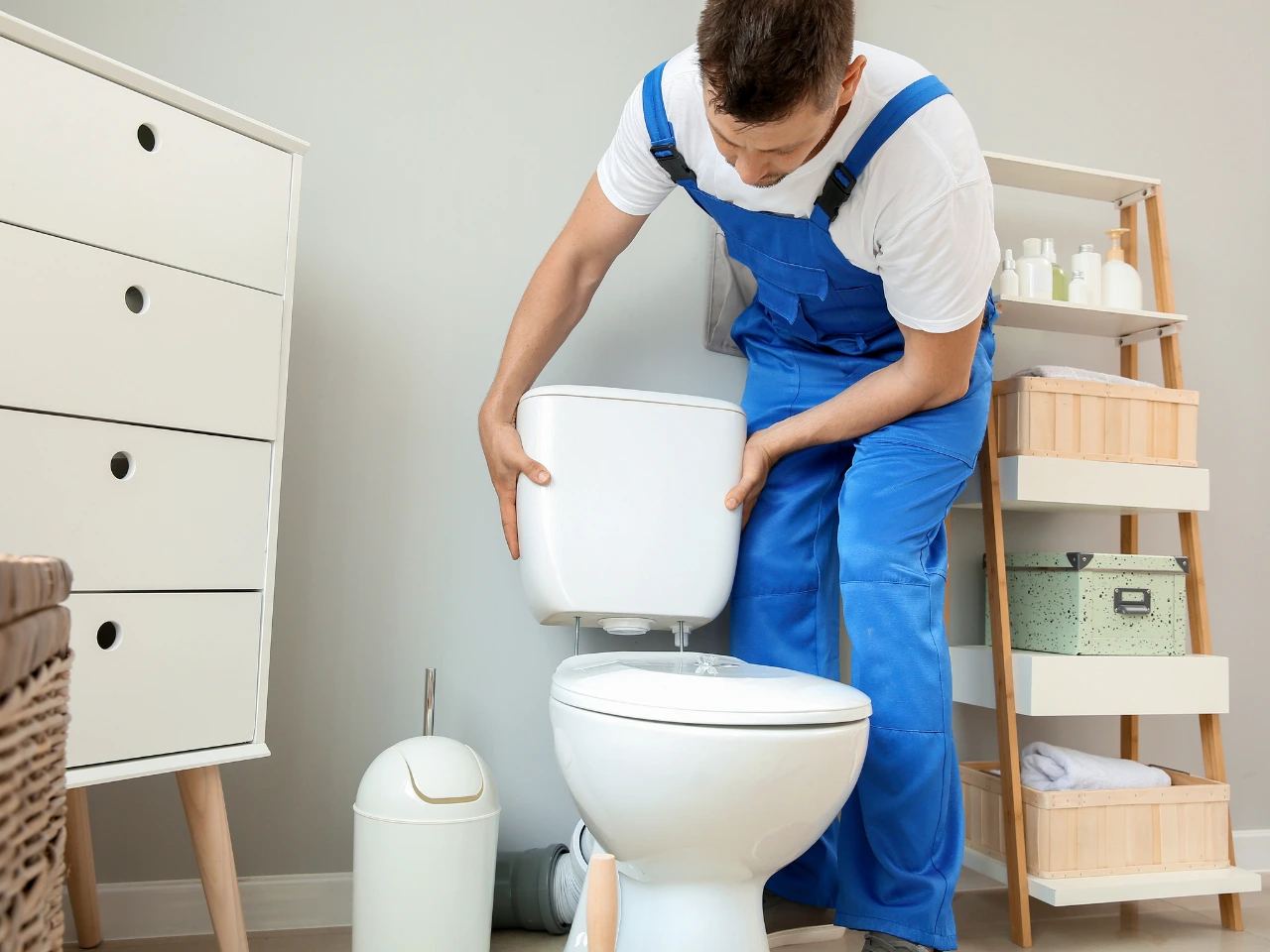
Homeowners often underestimate how expensive a running toilet can be. If your toilet continues to run for weeks or months, you may see:
- Hundreds of dollars added to your water bill.
- Premature wear on your entire toilet.
- Unseen leaks leading to water damage.
Fixing a running toilet is usually quick and inexpensive compared to the long-term cost of ignoring it. In fact, many reasons your toilet keeps running are tied to small but persistent issues, like when the flapper won’t open the flapper properly or the tank is filling past the fill level mark.
If the toilet is running constantly, you can flush the toilet and see if the water continues to flow into the toilet, and this often points to a problem inside the back of the tank where the valve is located. While these may seem like common toilet problems, leaving them unresolved can waste gallons of water in the toilet every day. Taking action early, whether you shut off the water temporarily or remove the old flapper in the center of the tank, can prevent further damage and higher bills in your local home.
When It’s Time for a New Toilet
Your toilet may need to be replaced if it has been operating continuously for more than 15 to 20 years. Because they consume less water per flush, modern toilets will save you money over time. The best course of action might be to purchase a new toilet if you’ve changed the parts several times and the problem persists.
In many cases, the causes of a running toilet, like a loose toilet handle, slack in the chain, or issues inside the tank, become harder to fix effectively over time. Replacing the complete toilet may be more economical if it requires continuous adjustments or if repairs are insufficient to stop the flush. By upgrading, you can avoid having to fix a broken toilet on a regular basis.
Save Money and Stop Your Toilet from Running
Not only is a running toilet annoying, but it’s also a plumbing problem that wastes water, costs money, and, if left unattended, can cause more serious issues. Many homeowners may fix a running toilet themselves by installing a new fill valve, replacing an old flapper, adjusting the float, or learning how to diagnose the issue.
But if your toilet continues to run or you’d rather not handle the repair yourself, it’s best to call a licensed plumber. At Absolute Draining & Plumbing, we’ve helped Toronto homeowners fix running toilets and other common plumbing issues for over 20 years. Whether it’s a quick repair or a full toilet replacement, our team provides fast, reliable service with flat-rate pricing.
Contact us today through our form or call +1 (416) 252-5557 for expert plumbing, drain, and related services in Toronto, Etobicoke, Mississauga, and across the GTA.

